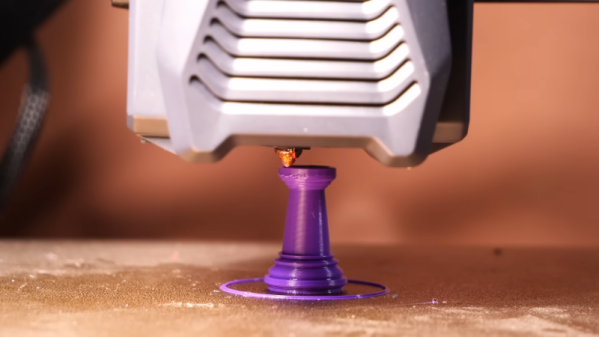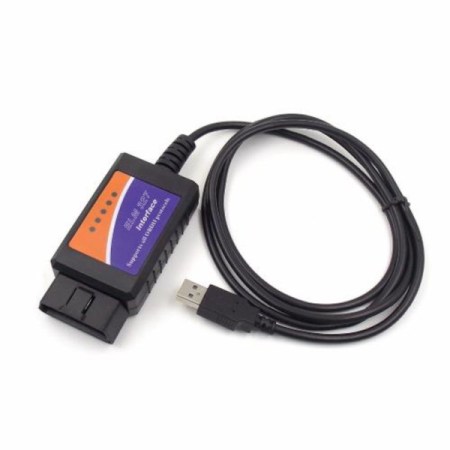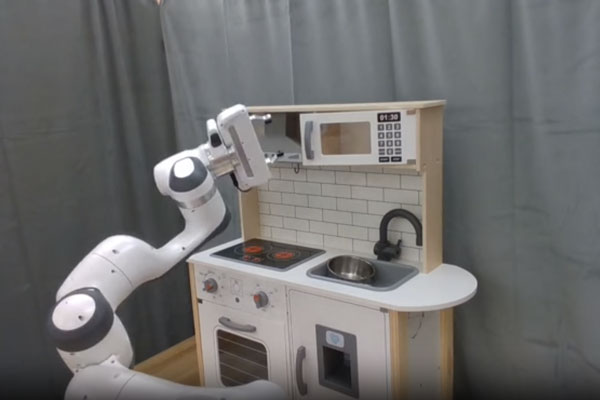Normally, 3D printing with filament takes temperatures of around 200 °C. However, there are some crafting plastics that melt in hot water at 60 °C. You can get spools of similar plastic that prints at very low temperatures, and some 3D printing pens use it. [Lost in Tech] picked up a spool of the stuff meant for medical printing and found that printing with it was a challenge. You can watch a video of the results below.
The first problem is that most printers don’t want to extrude at low temperatures. You can override this or, if you want to print with this plastic — PCL — you can rebuild the printer firmware. He never got bridges to work very well, but some prints came out reasonably well.
Of course, you might wonder why you would care about this kind of plastic. For one thing, it’s apparently safe to work with. If you were printing with students, too, you might be interested in a lower printer temperature. However, it didn’t look like the results were that good. However, it makes you wonder what kinds of filament you could use with a little work that might have some benefit.
The last time we heard about this stuff, someone was printing bones with it. We are always on the lookout for oddball filament to play with.


















